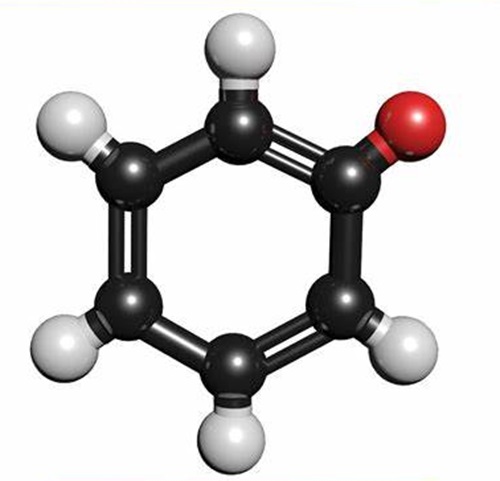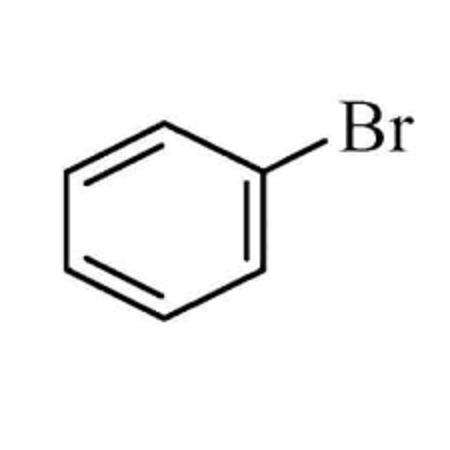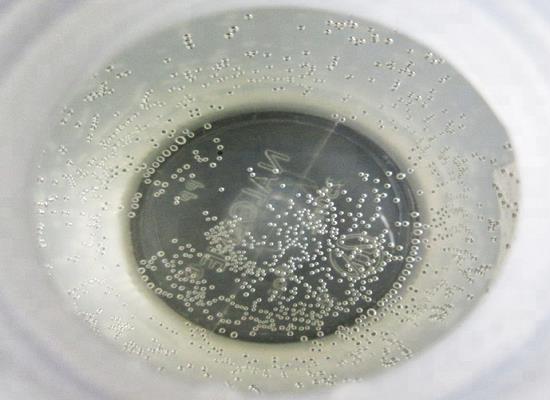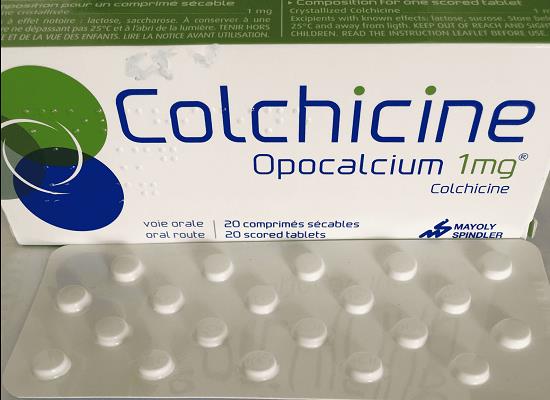Bromobenzene: metabolism and applications
General Description
Bromobenzene is a organic compound with the chemical formula of C6H5Br. It is a yellow crystalline solid with a strong odor and high toxicity that has been extensively studied for its metabolism, toxicological effects, and application as a flame retardant. Studies have shown that bromobenzene and its derivatives are quickly eliminated from the plasma, with 1,4-dibromobenzene showing slower elimination and higher accumulation in the liver. Physiologically-based pharmacokinetic models have helped researchers understand the pharmacokinetics and estimate hepatic concentrations of bromobenzene compounds. In terms of toxicology, bromobenzene has been used as a tool to understand chemically-induced toxicities, highlighting the role of metabolic activation, glutathione detoxification, covalent binding, enzyme inactivation, and lipid peroxidation. Furthermore, bromobenzene is widely utilized as a flame retardant in polymers and plastics due to its high combustion temperature and ability to interrupt the spread of fire through radical interception. Overall, bromobenzene has provided valuable insights into metabolism, toxicological mechanisms, and enhanced fire resistance in various applications.
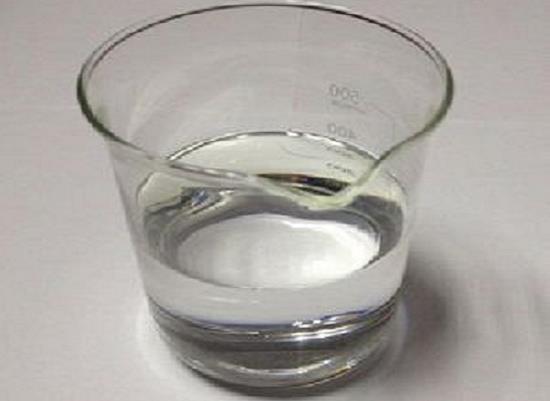
Figure 1. Bromobenzene
Metabolism
Extensive studies have investigated the metabolism of bromobenzene in various animal models. Plasma concentrations of bromobenzene and its dibromobenzene derivatives were measured after oral administration. Bromobenzene was quickly eliminated from the plasma in all tested animals. Compared to bromobenzene, 1,4-dibromobenzene showed slower elimination, while 1,2-dibromobenzene had similar elimination rates to bromobenzene in humanized-liver mice. Separate experiments in humanized-liver mice revealed higher or comparable hepatic concentrations of bromobenzene and 1,4-dibromobenzene compared to plasma concentrations, indicating their accumulation in the liver. To better understand the pharmacokinetics, researchers used physiologically-based pharmacokinetic models. These models incorporated physical properties and experimental values, generating virtual plasma concentration curves that matched observed data. The PBPK models facilitated calculations of key pharmacokinetic parameters. It was observed that the hepatic intrinsic clearance of 1,4-dibromobenzene was lower than that of bromobenzene and 1,2-dibromobenzene in all animal models. Moreover, using the PBPK models, researchers estimated higher hepatic concentrations of bromobenzene compounds compared to plasma concentrations in various animal models. 1
Applications
Understanding of chemically-induced toxicities
The application of bromobenzene as a tool for chemical-induced toxicity has been extensively studied for over a century. In 1879, the urinary excretion of mercapturic acids was first observed in animals treated with bromobenzene, marking an early discovery in its metabolism. Since then, bromobenzene has played a crucial role in unraveling the complexities associated with chemical-induced toxicities. Bromobenzene has proven to be a valuable tool for understanding several key aspects of toxicology. Studies with bromobenzene have highlighted the importance of metabolic activation through cytochrome(s) P-450 enzymes. This activation process is crucial in converting bromobenzene into reactive metabolites that can induce toxicity. Furthermore, the role of glutathione in the detoxification of these reactive metabolites has been illustrated through experiments involving bromobenzene. Additionally, studies with bromobenzene have shed light on the toxicological significance of covalent binding, enzyme inactivation, and lipid peroxidation. These processes, which are relevant in chemical-induced toxicity, have been exemplified and investigated using bromobenzene as a model compound. Overall, the extensive research conducted with bromobenzene as a tool has provided substantial insight into the mechanisms underlying xenobiotic-mediated cytotoxicity. It has contributed significantly to our understanding of the role of chemically reactive metabolites in the development of toxicological effects induced by various chemicals. 2
Flame retardants
Bromobenzene finds extensive application as a flame retardant in various polymers and plastics due to its exceptional fire-resistant properties. The utilization of bromobenzene as a flame retardant relies on two primary mechanisms. Firstly, bromobenzene possesses a relatively high combustion temperature and limited range of combustion, which effectively reduces the risk of fire. Secondly, under elevated temperatures, bromobenzene can decompose into bromine radicals that effectively interrupt the chain reaction of free radicals during combustion. This interception of free radicals helps inhibit the spread of fire. Bromobenzene is commonly employed as a flame retardant in polymers such as polyethylene, polypropylene, polystyrene, and polyurethane. Its incorporation significantly enhances the fire resistance of these materials, providing enhanced protection for people and property in the event of fire accidents. Additionally, bromobenzene can also be utilized in the production of flame-resistant textiles, paints, and other materials. In conclusion, bromobenzene serves as an effective flame retardant with remarkable fire-resistant properties. It finds wide-ranging applications in various polymers and plastics to enhance their fire resistance and provide increased safeguarding in the occurrence of fire incidents. 3
Reference
1. Miura T, Shimizu M, Uehara S, et al. Different Hepatic Concentrations of Bromobenzene, 1,2-Dibromobenzene, and 1,4-Dibromobenzene in Humanized-Liver Mice Predicted Using Simplified Physiologically Based Pharmacokinetic Models as Putative Markers of Toxicological Potential. Chem Res Toxicol, 2020, 33(12):3048-3053.
2. Lau SS, Monks TJ. The contribution of bromobenzene to our current understanding of chemically-induced toxicities. Life Sci, 1988, 42(13):1259-1269.
3. Venier M, Ma Y, Hites RA. Bromobenzene flame retardants in the Great Lakes atmosphere. Environ Sci Technol, 2012, 46(16):8653-8660.
Related articles And Qustion
See also
Lastest Price from Bromobenzene manufacturers

US $1.00/KG2025-04-21
- CAS:
- 108-86-1
- Min. Order:
- 1KG
- Purity:
- 99%
- Supply Ability:
- 10 mt
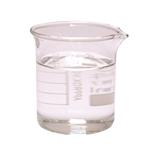
US $0.00/kg2025-03-07
- CAS:
- 108-86-1
- Min. Order:
- 1kg
- Purity:
- 0.99
- Supply Ability:
- 20tons

